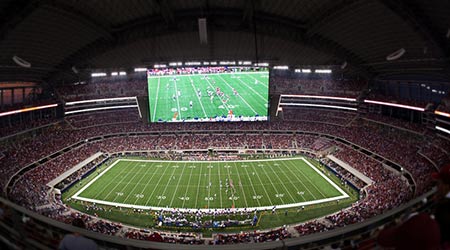Project Goals, KPIs Shape Intelligent Buildings
February 5, 2016
Since so many new smart building technologies out there show promise, how does a building owner select the right solution or even ensure that the technology is a wise investment? A crucial step is to develop and validate project goals, with attainable initiatives suited to an owner’s needs. For example, it might be advisable for a project to start small — small goals and small paybacks — in order to ensure a quick and easy win upon which to build as the successes mount. This can be a task for a third-party consultant.
After establishing a goal, the key performance indicators (KPIs) need to be defined such that they are easily measurable to determine whether the goal is being met or on track to being met. Objective data regarding performance against goals is essential to creating the closed-loop cycle that feeds paybacks forward to new initiatives.
The nature of each KPI depends upon the goals themselves. Energy-saving goals may require meter data to verify that anticipated savings are achieved. Comfort and visual improvement goals may require KPIs that are less directly correlated such as footfall measurements, occupant survey results, maintenance calls, or occupant health or productivity measurements.
While it is typically desirable to start small and build on early success, the planning stage should consider long-range goals and could even take the form of a five- or 10-year master plan. Without a clearly articulated vision of the eventual future, various bite-sized projects can wander off-track, following the path of least resistance instead of marching resolutely towards the target. Of course, as with any strategic vision or master plan, circumstances change and the plan must be revised to remain relevant.
This quick read is from Kurt Karnatz, president, Robert Knight, senior associate, and Rick Szcodronski, a senior associate, technology consulting, with Environmental Systems Design, Inc.
Next
Read next on FacilitiesNet









